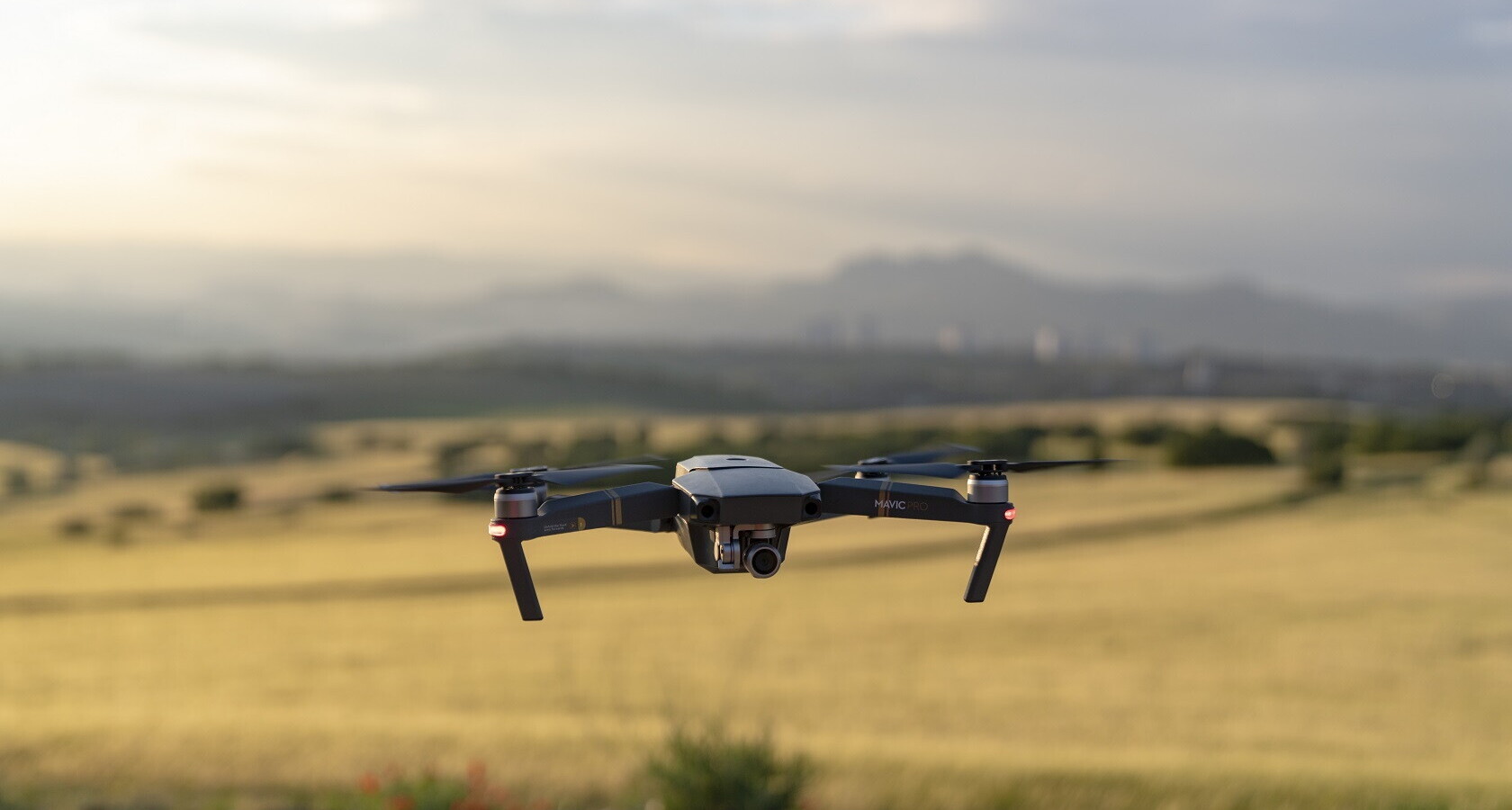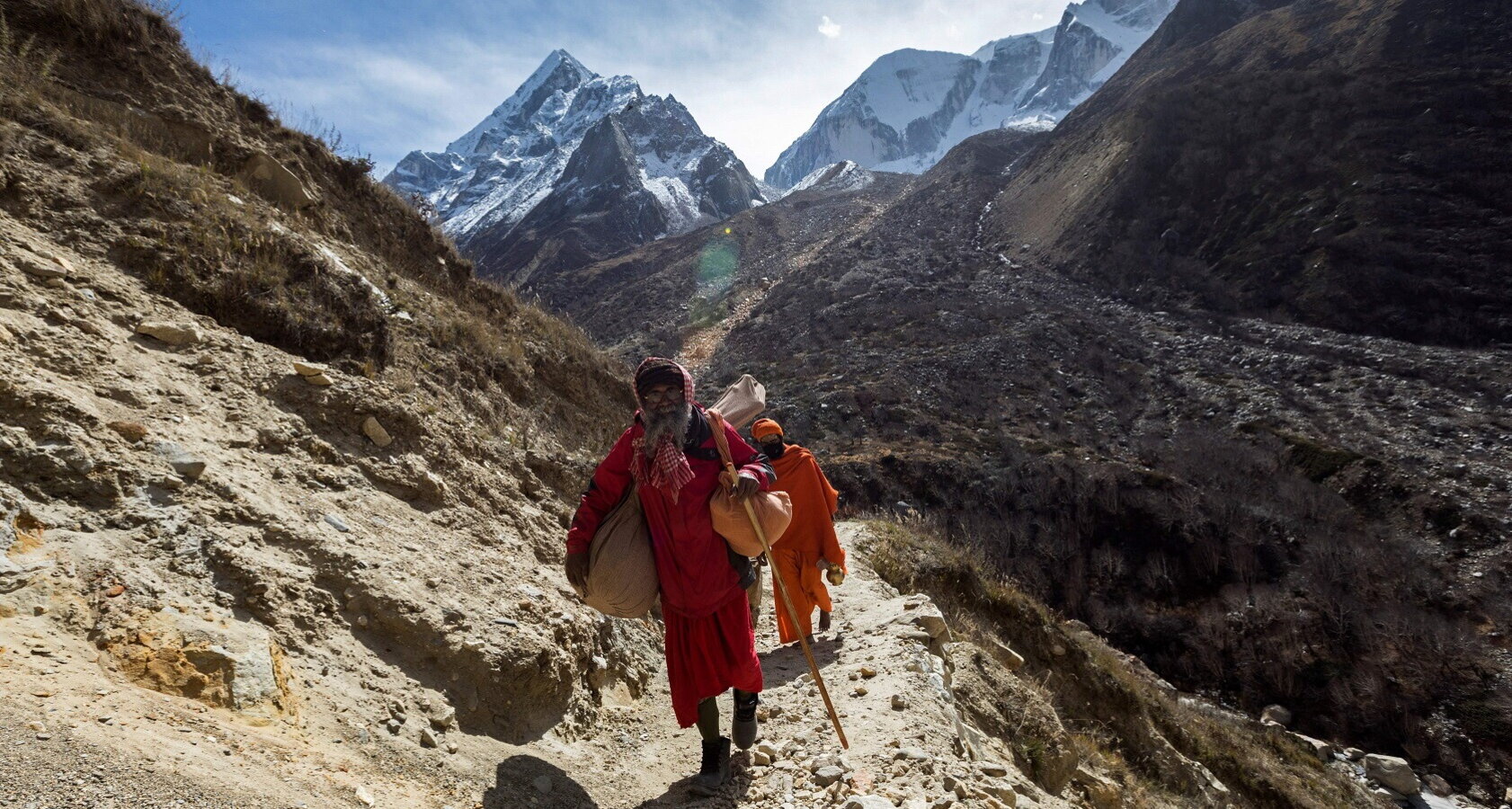
AI Project
When Artificial Intelligence is certainly man's ally
Searching the Net, you can now find plenty of projects that, thanks in part to international bodies, bring together universities, software computing centers, and local and national authorities interested in exploiting algorithms and AI to mitigate the effects of climate change and achieve energy efficiency, building a real circular economy.
8 minT
he debate on artificial intelligence is always very focused on the relationship between human and machine, and often revolves around social and ethical considerations. But there are areas of human endeavor that have already solved the issue by using AI for tasks that are programmed by humans and at the same time allow humans to perform tasks that they would not be able to do in the same time frame as a machine. Here philosophy already has an answer, and pro-environmental technological change, with a real portion of circular economy, is already underway, and has already been discussed extensively both in the various UN COPs of recent times and at the World Economic Forum. These are initiatives and projects that have gone beyond mere start-ups and are already in an area of economic use that is of real profit to both economy and society.
Smart projects
Let's look at just a few of them. Beginning with Brazil, which, as we know, will host the next COP30 in November and is thus pushing some of its initiatives particularly hard. For example, the reforestation by drones in a joint project of Rio de Janeiro City Authority and the start-up Morfo. Using artificial intelligence, the project surveys hard-to-reach areas around the city and adjacent to favelas, where drones used as part of a general reforestation program scatter seeds that generate plantations in places that otherwise could only be reached by experienced climbers.
W
e’re talking about ravines, high cliffs, gorges. And not to mention that, based on the plan worked out with algorithms and AI, each operator manages to direct three drones at once, which spread seeds—more or less 180 per drone—over about 50 hectares each, whereas humans planting by hand would perhaps reach one hectare a day.
In São Paulo, on the other hand, one company is at work using artificial intelligence forecasts based on satellite and ocean buoy readings that can interpret weather situations with 90-95 percent accuracy over 10 days. Similar initiatives are underway in many aviation weather stations in more advanced countries.
In the Netherlands, the company The Ocean Cleanup (which also applies to seas, rivers and canals) is using artificial intelligence to program the partial and momentary fencing off of marine areas in order to identify accumulation sites—due to sea currents in this case—of man-made waste, which, as we know, is harmful to the environment and in particular to sea creatures. The fenced area is then moved with buoys close to ships, drones, and small airplanes that use AI mapping to perform the clean up.
Reuse of waste
Artificial intelligence, with its ability to check and compare objects at speed, is the basis of many waste recovery projects in a vision of circular economy. We are well aware of the enormous consumption of PET plastic bottles, for example, and artificial intelligence is able to sort vast numbers of waste objects and choose the best path of disposal and reuse. For example Greyparrot, initially a software startup, has devoted its efforts to recognizing waste categories, going from visually recognizing 67 categories out of 32 billion waste items in 2022 to 111 categories in 2024. Greyparrot now works on waste in London but has sold its analysis software around the world, including to Italian municipal authorities and private companies working on the recognition of plastics, fibers and metals in waste mass.
In Africa there are UN projects for areas in Burundi, Chad and Sudan that use artificial intelligence to mitigate the effects of climate change.
The most widely employed AI
Often, the general divide over the use of artificial intelligence in the environmental field is between developed and developing countries. In the former, work is concentrated mainly on projects of mitigation and reuse, and thus circular economy. While in the still developing countries, the emphasis is on general conditions, so reforestation and the effects of desertification but also, as we have seen, weather conditions that affect livability but also production, mostly agri-food, that are so important to these countries. The United Nations, of course, focuses on these projects for Africa and Latin America. In Africa in particular, there are UN projects for areas in Burundi, Chad and Sudan that use artificial intelligence to mitigate the effects of climate change. The projects are led by the UN unit called the AI Advisory Board, which as of Oct. 26, 2023, works to fund projects especially in countries with less economic opportunity to develop such systems. Specifically, the project for these three countries is in line with SDG 13 on climate action of the 2030 Agenda, and aims at the use of AI to prevent environmental disasters by logging existing past and present data and using concept maps for the future.
H
owever, deforestation and soil loss is not only a feature of developing countries in Africa and Latin America. Thanks to hundreds of years of human activity, Europe is also experiencing the loss of land to forest and woodland development, or as we know—and have discussed in previous articles—the loss of its eternally frozen areas that are also responsible for maintaining the earth's temperature and producing sources of water. In the first case, it is interesting to note the work of a company in Edinburgh—Space Intelligence—which works on more than 30 countries mapping more than 1 billion hectares using data obtained from satellites to compare the state of forests and woodlands in real time and their impact on the mitigation of CO2 production. In the second case, on the other hand, satellite data from Copernicus Sentinel 1—with the collaboration of the European Space Agency (ESA)—examines glaciers and icebergs with 99 percent detail accuracy and a rate of detection that is about 10,000 times faster than that possible by humans.
These are just a few examples. Now you can find online videos and proposals for work, interesting projects, in almost every city and especially universities, of how Artificial Intelligence can be used to ensure energy efficiency and work on the environment that brings us closer to the goals set by the United Nations. At least in these cases of use of AI, there is no space for philosophical controversy.

